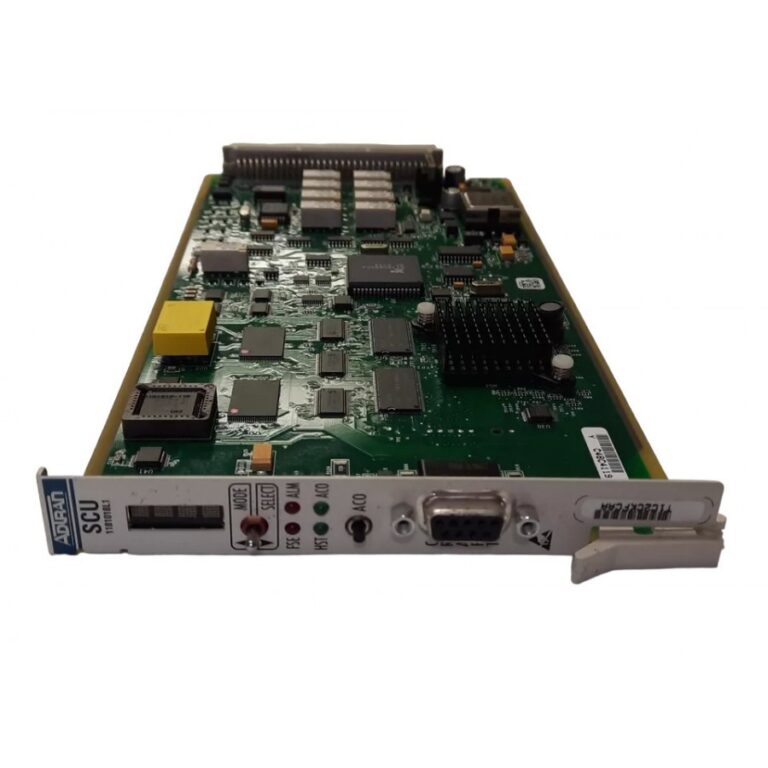Online education has reshaped the learning landscape and brought unprecedented access to knowledge. As we look ahead to the next decade, technological advancements, evolving learner needs, and societal changes will shape the future of online education. In this article, we’ll explore the future trends that will impact online education, discuss how they will change the way we learn, and examine what learners and educators can expect in the coming years.
1. Personalized and Adaptive Learning
a. AI-Driven Personalization
Artificial Intelligence (AI) is expected to play a significant role in personalizing online learning experiences. AI will enable courses to adapt to individual learning styles, progress rates, and preferences, ensuring that each student gets a tailored learning experience. Personalized learning pathways will allow students to navigate through course material at their own pace, and AI will provide recommendations based on their strengths and weaknesses.
For example, if a student struggles with a particular topic, an AI-based platform can offer additional resources, exercises, or even suggest a different approach to learning the material. This personalized experience will help students grasp complex concepts more effectively and improve overall learning outcomes.
b. Adaptive Assessment and Feedback
In the future, online education platforms will use adaptive assessments that change in real-time based on a student’s responses. Instead of a one-size-fits-all approach, these assessments will adapt to a learner’s performance, offering easier or more challenging questions as needed. This will not only provide a more accurate understanding of a learner’s progress but also ensure that students stay engaged and motivated.
2. Increased Use of Virtual Reality (VR) and Augmented Reality (AR)
a. Immersive Learning Experiences
Virtual Reality (VR) and Augmented Reality (AR) are set to revolutionize online education by creating immersive learning experiences. Imagine students studying ancient history being able to walk through a virtual reconstruction of the Colosseum or biology students observing the human anatomy in 3D. These technologies provide interactive and engaging ways to learn that go beyond textbooks and traditional methods.
By incorporating VR and AR, online courses can bridge the gap between theory and practice, giving learners a deeper understanding of the subject matter. This immersive approach will make learning more engaging, enhance retention, and allow students to explore concepts in a practical manner.
b. Virtual Classrooms and Labs
The concept of virtual classrooms and labs will also become more prevalent. Students will be able to conduct experiments, collaborate on projects, and engage in practical activities—all within a virtual environment. This will make education more accessible to students who may not have access to physical labs or traditional educational institutions.
3. Gamification and Engaging Content
a. Making Learning Fun and Interactive
Gamification is another trend that will shape the future of online education. By incorporating game elements such as points, badges, leaderboards, and rewards, online learning platforms can make education more engaging and fun. Gamification taps into the natural human desire for achievement and competition, which can help motivate students to complete courses and improve their performance.
b. Microlearning Modules
Microlearning, or delivering content in small, digestible chunks, will continue to grow in popularity. This approach helps cater to learners with shorter attention spans and busy schedules, allowing them to learn in short bursts. Combined with gamification, microlearning can make learning more interactive and appealing to a wide range of learners.
4. Lifelong Learning and Continuous Upskilling
a. Rise of Short-Term Certifications
With the rapid pace of technological advancements, the demand for lifelong learning and continuous upskilling is on the rise. Online education platforms will increasingly offer short-term certifications, allowing learners to acquire specific skills that are relevant to their careers. These certifications will provide students with fast learner skills, enabling them to adapt to new challenges and stay competitive in the job market.
b. Modular Learning Pathways
In the future, we can expect to see more modular learning pathways, where students can choose specific courses or modules based on their career goals. Instead of committing to a full degree, learners will have the option to build their own curriculum by selecting modules that align with their needs. This flexibility will make online education more appealing to professionals looking to upskill without the time and financial commitment of traditional degree programs.
5. Collaborative Learning and Social Interaction
a. Peer-to-Peer Learning
Online education has often been criticized for lacking social interaction, but future trends indicate a shift toward more collaborative learning. Peer-to-peer learning will become a significant component of online education, where students can interact with each other, share insights, and collaborate on projects. Online forums, discussion boards, and group assignments will help create a sense of community, similar to that of a traditional classroom.
b. Social Learning Platforms
Social learning platforms that incorporate elements of social media will become more popular. These platforms will allow learners to connect with peers, join study groups, and engage in discussions related to their courses. This collaborative environment will help students stay motivated, learn from others, and build a network of like-minded individuals.
6. Integration of Artificial Intelligence in Teaching
a. AI Tutors and Chatbots
Artificial Intelligence will also be used to provide real-time assistance to students through AI tutors and chatbots. These AI tools will be available 24/7 to answer questions, clarify doubts, and provide guidance. AI tutors can simulate the experience of a one-on-one tutoring session, helping students understand complex concepts and providing personalized feedback.
b. Automating Administrative Tasks
AI will also help educators by automating administrative tasks such as grading assignments, tracking student progress, and generating reports. This will free up educators to focus on creating engaging content and interacting with students, ultimately improving the quality of education.
7. Blended Learning Models
a. Combining Online and Offline Learning
The future of education will likely see a rise in blended learning models, which combine online and offline learning. This approach offers the best of both worlds—students can benefit from the flexibility and convenience of online education while still participating in face-to-face interactions and hands-on activities.
b. Hybrid Classrooms
Hybrid classrooms, where students can choose between attending in-person or participating online, will become more common. This flexibility will accommodate different learning preferences and allow students to continue their education even if they cannot be physically present.
8. Data-Driven Learning and Analytics
a. Leveraging Data for Personalized Learning
Data analytics will play a crucial role in shaping the future of online education. By analyzing student data, such as their progress, engagement levels, and performance, educators can gain valuable insights into how to improve the learning experience. This data-driven approach will allow for more personalized learning, where students receive content and support that is tailored to their individual needs.
b. Predictive Analytics for Student Success
Predictive analytics will also be used to identify students who may be at risk of falling behind or dropping out. By analyzing patterns in student behavior, educators can intervene early and provide the necessary support to help students succeed.
9. Accessibility and Inclusivity in Education
a. Bridging the Gap for Underserved Communities
Online education has the potential to bridge the gap for underserved communities by providing access to quality education. In the next decade, we can expect more initiatives aimed at making online education accessible to all, regardless of geographical location or socio-economic background. This will be achieved through affordable course offerings, government initiatives, and partnerships with organizations that aim to provide internet access and devices to those in need.
b. Accessible Learning Tools
The future of online education will also focus on making learning tools more accessible for individuals with disabilities. Features such as screen readers, closed captioning, and customizable interfaces will help ensure that everyone, regardless of their physical or cognitive abilities, can access quality education.
Conclusion
The future of online education is bright, with advancements in technology and changing learner needs driving innovation in the field. From personalized and adaptive learning to immersive VR experiences, online education is set to become more engaging, flexible, and inclusive in the next decade. Trends such as gamification, AI-driven personalization, and collaborative learning will redefine how we learn and make education accessible to a broader audience.
With the rise of fast learner skills and the demand for continuous upskilling, online education will play a crucial role in helping individuals adapt to the evolving job market. As we look ahead, it’s clear that online education will continue to transform the learning experience, providing opportunities for lifelong learning and making education more accessible, interactive, and effective for all.















